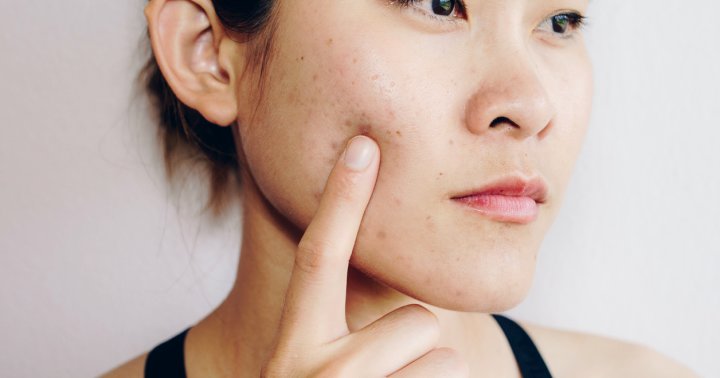How To Conceal Indented Acne Scars, From A Makeup Artist

According to Irwin, it’s all about the prep: “A primer will make a difference, as will putting a little powder down on the scar before you put concealer on,” she explains. Essentially, you want to create some grip.
That way, you can apply a breathable (read: non-caky) amount of concealer and trust that it won’t sink or budge during the day. Take a small brush and press a bit of setting powder onto the spot, letting it sit for a beat before applying thin layers of concealer. “Putting a tiny layer of powder gives the concealer something to stick to, or use an oil-free primer that gives ‘grip’ to the product,” she adds. Or you can always use both, if you’re really looking for a super strong grip.
You can also let the concealer sit for a few seconds to help the formula oxidize and thicken—some find that helpful for covering up discoloration. After blending, Irwin suggests tapping the spot again with a pressed powder for extra long-wear. Imagine a concealer sandwich—a bit of powder to help the product stick, then your favorite concealer, then more powder to set.
And speaking of your concealer of choice: You might want a highly-pigmented, full-coverage concealer for this venture. As Irwin notes, “A sheer product isn’t going to give you the same result.” (Try this velvety, full-coverage option from Beauty Bakerie.)



